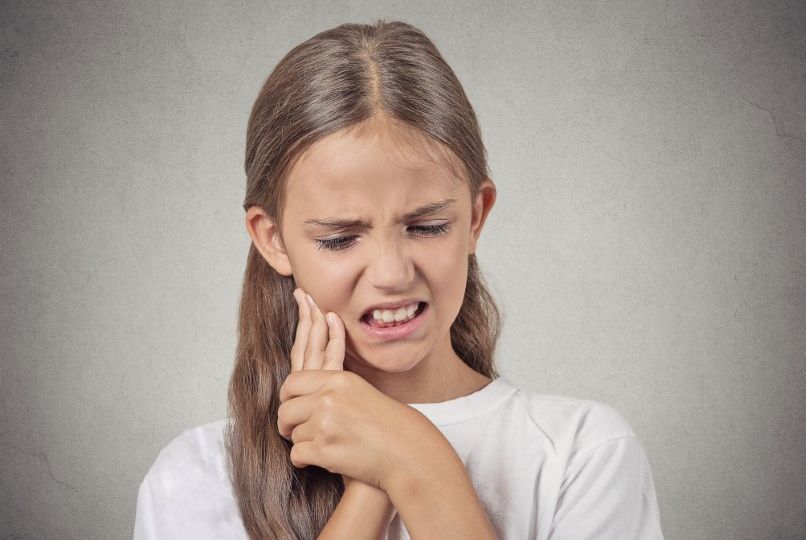
Once your children have teeth, they immediately become susceptible to tooth decay. That’s why oral hygiene is such an important part of every person’s day. As long as we have teeth, we need to concern ourselves with their protection. And as people are living longer and keeping their natural teeth, it’s becoming more and more important to learn and maintain healthy oral health practices.
But, sometimes, despite our best efforts, teeth can suffer from tooth decay. Formula, cow’s milk, and fruit juice all contain large amounts of sugar, which is a leading contributor to plaque build-up that can cause tooth decay. The good news is tooth decay can be dealt with by your pediatric dentist.
Here are six signs of tooth decay in children you should watch for as a parent.
1. White Spots on the Teeth
Infants begin to develop teeth between three and nine months old. Once these teeth come in, they become susceptible to tooth decay. The earliest sign of tooth decay in children is chalky, white spots on the teeth. These spots will develop close to the gums. Sometimes, it may look like a dull, white band along the gum line.
With some fluoride and a change in diet, you can help stop the early spread of tooth decay.
2. Yellow, Brown, or Black Bands
The earliest stage of tooth decay is easy to overlook. If the white spots go unnoticed, they are likely to turn yellow, brown, or black. As with the white spots, they will be close to the gums, often appearing as a line on the tooth’s surface.
3. Swollen, Red, Bleeding Gums
Another sign of tooth decay may be that your child’s gums become red or swollen, and may even bleed. This can be a frightening experience for parents, but regardless of what symptoms manifest, you should take your child to a qualified pediatric dentist to help treat the symptoms and deal with the root cause.
4. Brownish-Black Stumps
The likelihood of you missing the earlier signs of decay are slim, and once noticed, parents rarely choose to ignore them. Still, if it gets to the point that your child’s teeth have become brownish-black, they have entered into the stage of advanced decay and need to be treated immediately.
5. Sensitivity
Teeth that are suffering from any stage of tooth decay are likely to become sensitive to both cold and heat. If your child is refusing to drink or eat cold or warm food, consider taking a few moments to check their mouth. This may also cause discomfort while chewing certain foods, especially anything that’s sweet or acidic.
Though a common symptom in children for a variety of reasons, irritability can be another sign that your child’s teeth are overly sensitive and possibly suffering from tooth decay. If they’re rested, fed, and you’re out of other ideas as to what may be making them irritable, check their teeth (and schedule a visit to a pediatric dentist).
6. Unpleasant Breath
This is another symptom that could be caused by a variety of things; however, if you’ve noticed that your child’s breath is persistently unpleasant, even after brushing their teeth, take a close look in their mouth to see if you can spot any of the other symptoms. Tooth decay, after all, is literally a tooth that’s starting to rot, and a foul odour can be one of the earliest signs.
Anything that harms your child can be frightening, but despite the way tooth decay manifests, it is treatable by professionals. With regular brushing, flossing, and oral health education, tooth decay is not something you’ll have to worry about.


